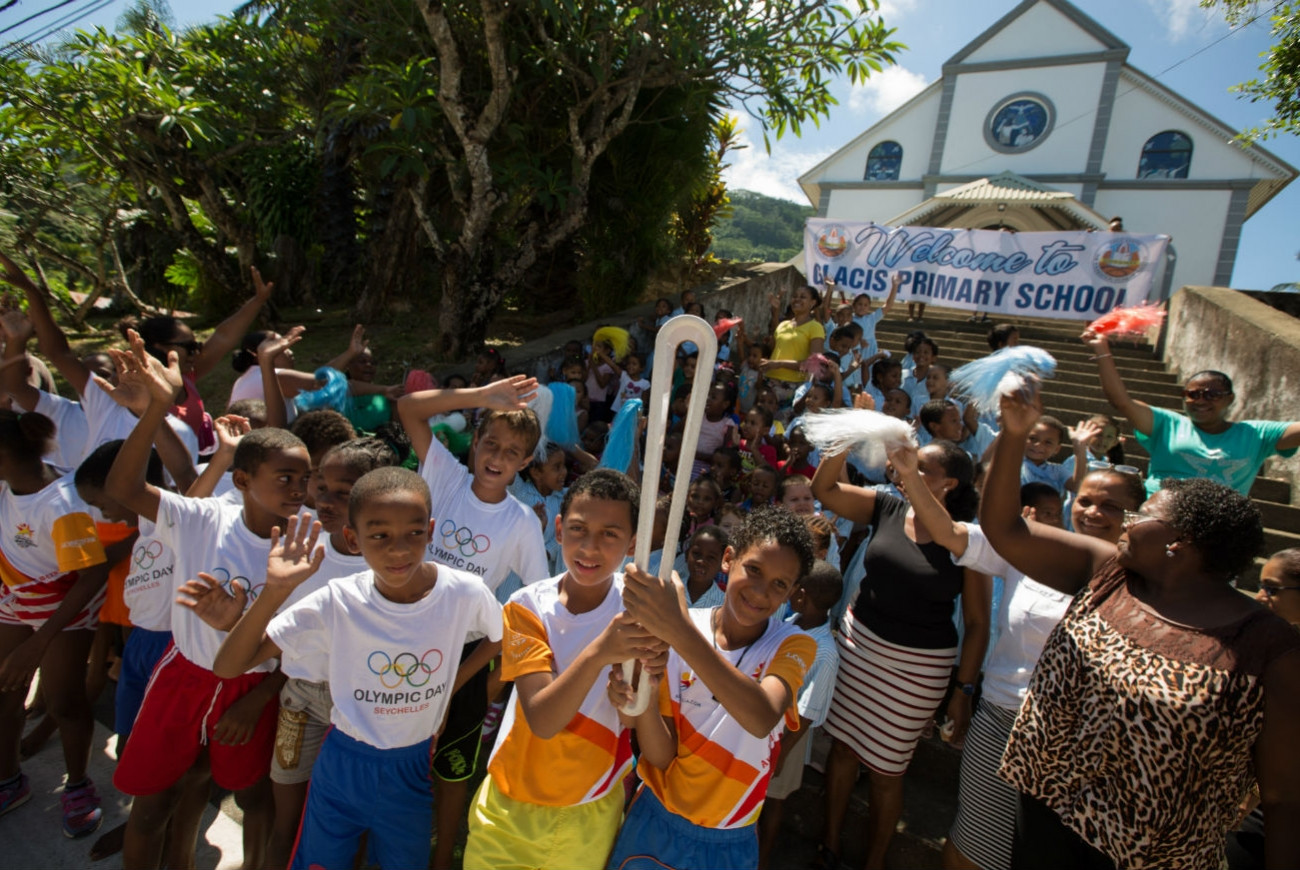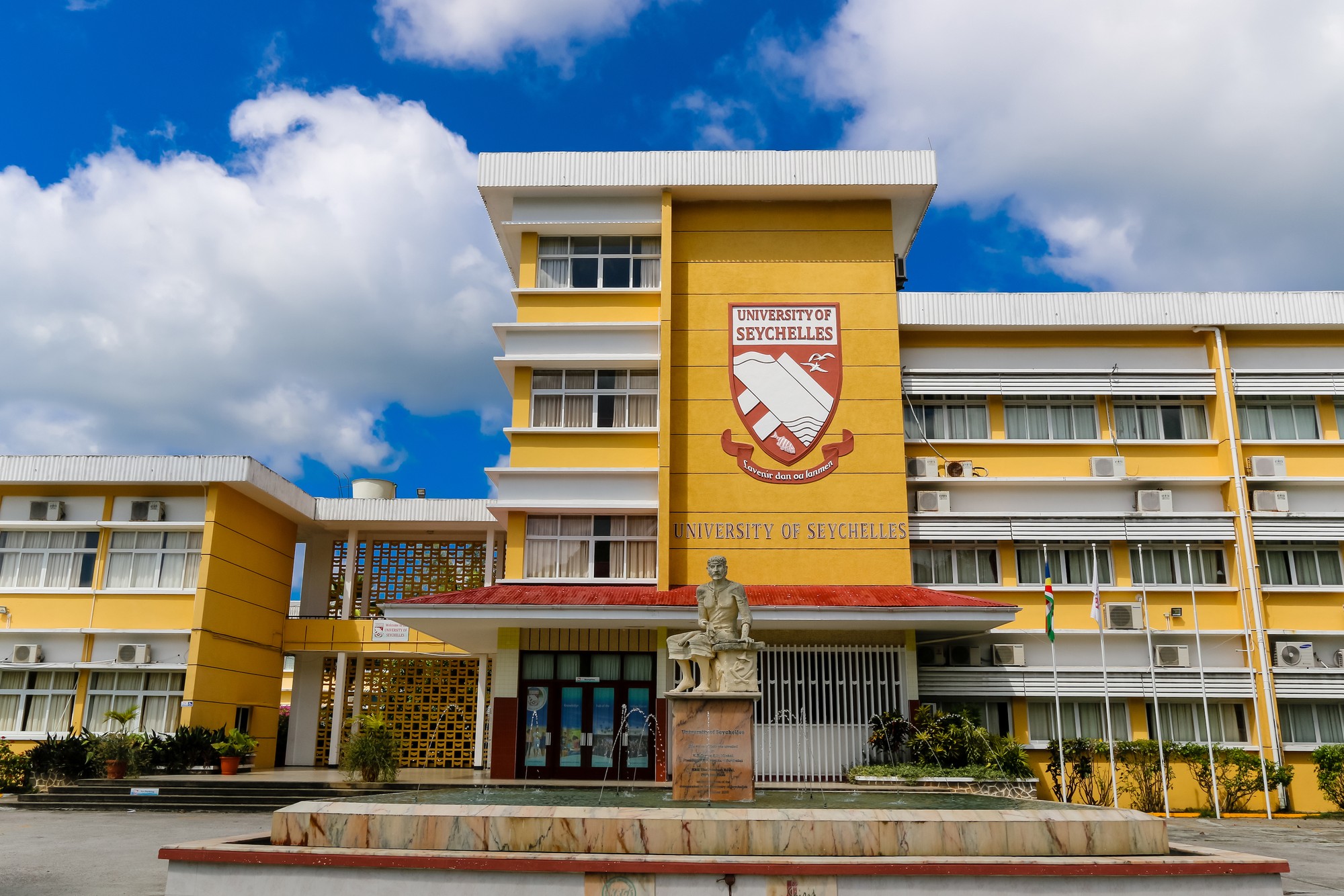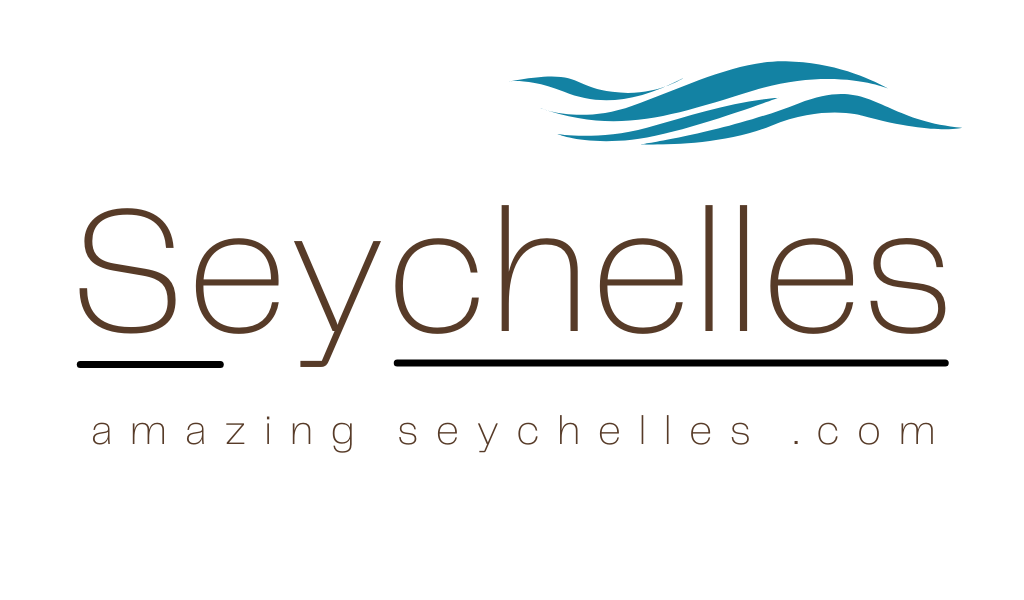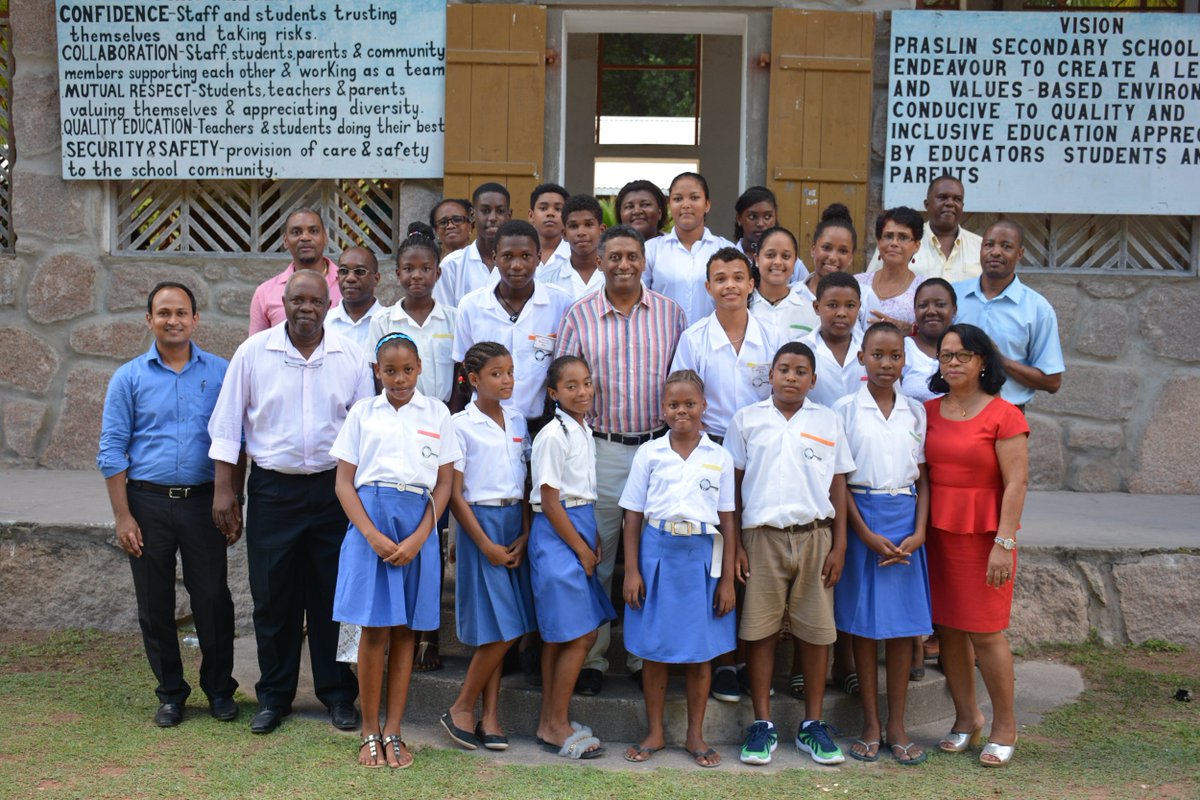A large number of reefs within the inner granitic islands of the archipelago of Seychelles could be entirely lost, unless concerted action is taken soon to control crown of thorns, warns Dr. Udo Englhardt, the expert on on the management of crown of thorns in a...
The President visits the school
Until the mid-19th century, there was very little formal education in Seychelles. Roman Catholic and Anglican churches opened mission schools in 1851. In 1944 the government became responsible for education in the country. Brothers of Christian Instruction and Regina Mundi Convent run by the Sisters of St. Joseph of Cluny continued to provide secondary education even after the government took over the responsibility to run the schools.
To alleviate the shortage of quality teachers, the government set up a teacher training college that opened in 1959. The college trained both the teachers who were already in service as well as new entrants to teaching. In 1961 the teacher training course was for one year for primary schools teachers and two years for secondary school teachers.

Education is compulsory up to the age of 16, and free through secondary school until age 18. Students must pay for uniforms, but not for books or tuition. The literacy rate for school-aged children had risen to more than 90 percent by the late 1980s. Much older Seychellois could not read or write, but adult education classes helped raise adult literacy from 60 percent to 85 percent in 1991.
Children first learned to read and write in Creole. Beginning in grade three, English is used as a teaching language in certain subjects. French is introduced in grade six.

Seychelles Polytechnic catered for pre-university studies or other training. In 2009, the University of Seychelles was established. Now there are 175 students based on two campuses. The main campus is situated at Anse Royale and the second campus for the School of Education is located at Mont Fleuri.


